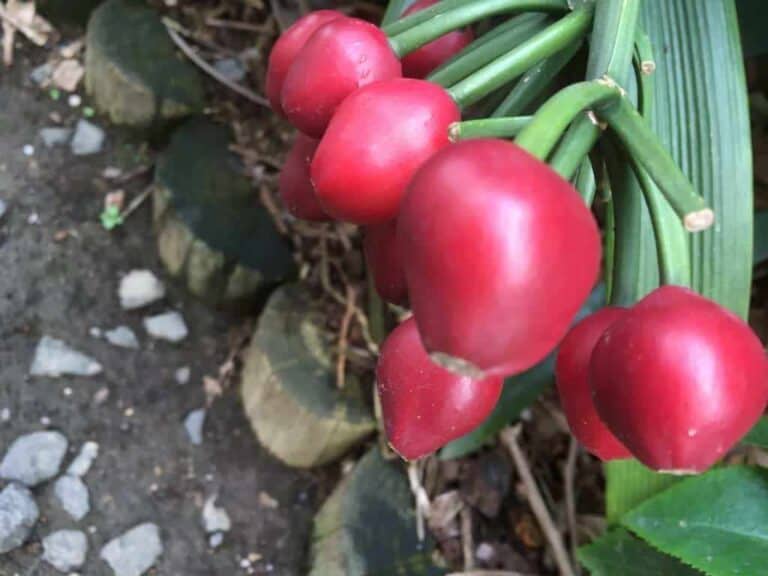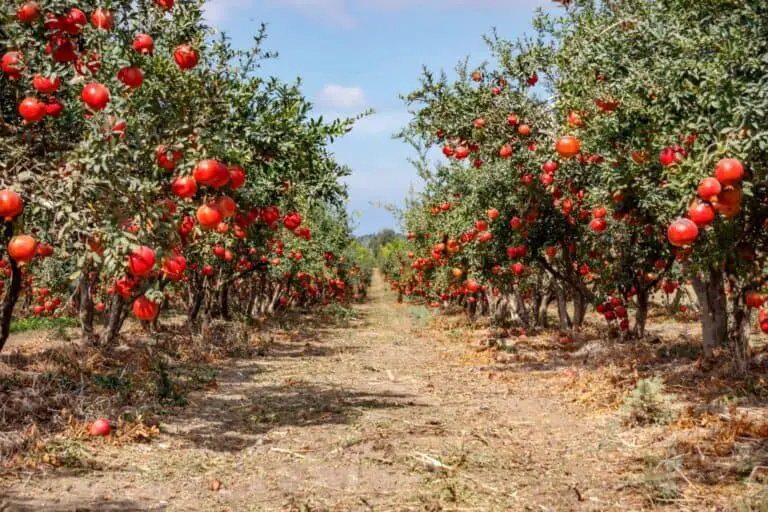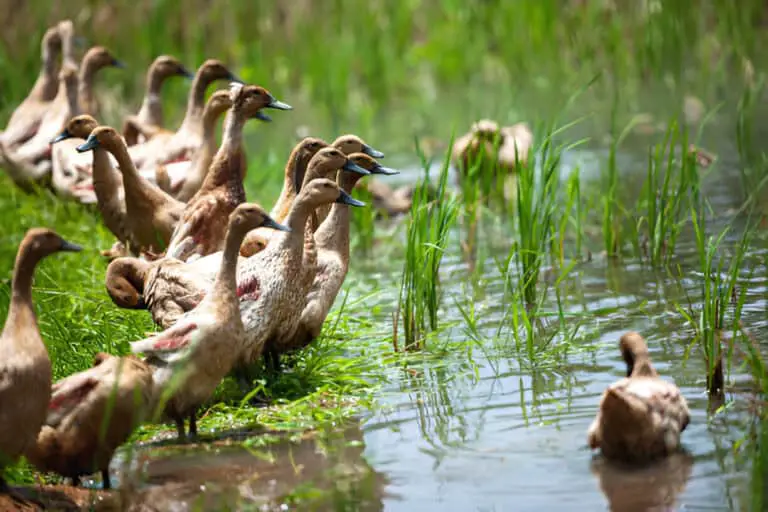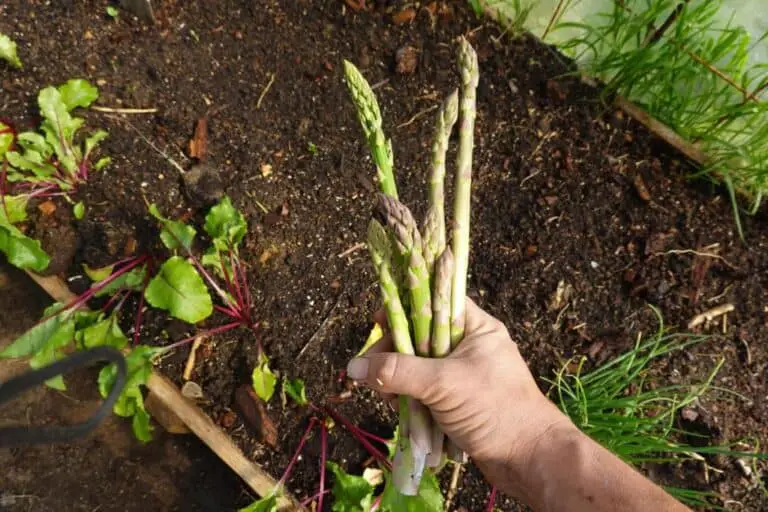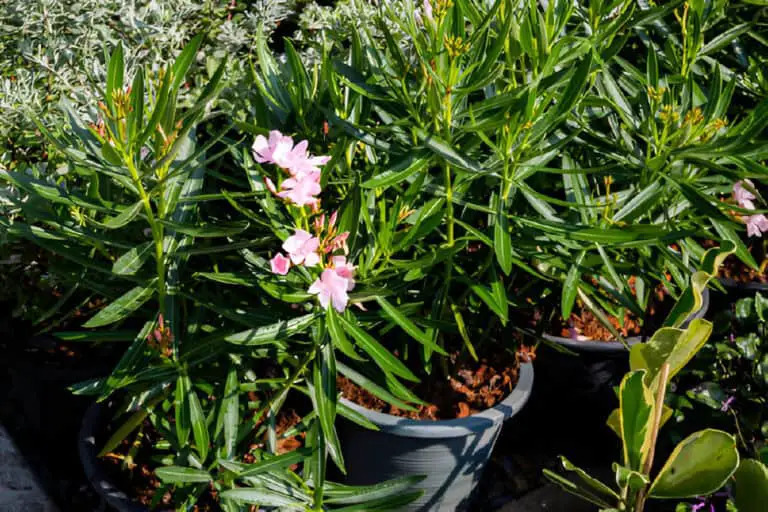Here’s When and How to Prune Calamansi Plant (Easy Guide)

Calamansi, a citrus plant known for its small, tangy fruits, is a favorite among home gardeners. Its vibrant green foliage and fragrant blossoms add beauty to any garden, while its fruits offer a unique flavor to various dishes. To keep your calamansi plant healthy and productive, proper pruning is essential.
Pruning calamansi plants at the right time and in the right way can significantly enhance their health and productivity. In this article, we will provide you with a step-by-step guide on pruning your calamansi plant.
By following our tips, you’ll keep your plant neat and attractive. You’ll also encourage more fruit, ensuring a bountiful harvest. Keep reading to find the best ways to care for your calamansi plant. You’ll then reap the rewards of a well-cared-for garden.
Understanding the Basics of Pruning
Pruning is a horticultural practice involving the selective removal of certain parts of a plant, such as branches, buds, or roots. For calamansi plants, pruning helps in maintaining their shape, removing dead or diseased branches, and promoting healthy growth. It’s crucial to understand the basics before diving into the specifics of pruning your calamansi plant.
Why Prune Your Calamansi Plant?
- Healthier Growth: Pruning removes dead or diseased branches, allowing the plant to focus its energy on new, healthy growth.
- Better Air Circulation: Proper pruning improves air flow in the plant. This reduces the risk of fungal diseases.
- Increased Fruit Production: By encouraging the growth of new branches, pruning can lead to more flowers and fruits.
- Aesthetics: Pruning helps keep your calamansi plant a good shape and size. This makes it a nice addition to your garden.
When to Prune Your Calamansi Plant
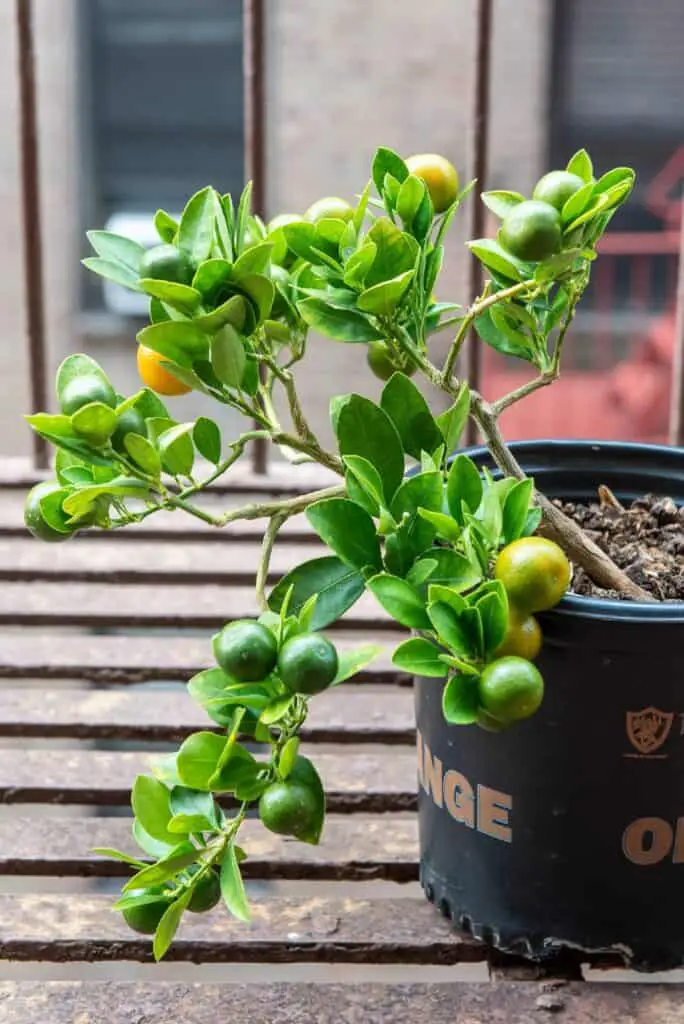
Timing is critical when it comes to pruning your calamansi plant. Pruning at the wrong time can stress the plant and reduce fruit production.
Best Time to Prune
The ideal time to prune your calamansi plant is during late winter to early spring. This period, just before the new growth starts, allows the plant to recover quickly and produce new branches and leaves.
Note: Avoid pruning during the flowering or fruiting season, as this can reduce the yield and stress the plant.
Seasonal Considerations
- Winter: Light pruning to remove dead or damaged branches.
- Spring: Major pruning to shape the plant and remove any unwanted growth.
- Summer: Minimal pruning, mainly to manage the shape and remove any diseased parts.
- Fall: Light pruning, preparing the plant for the dormant winter period.
How Often Should I Prune My Calamansi Plant?
You should prune your calamansi plant often. The frequency depends on its growth rate, health, and your desired size and shape. As a general rule, pruning once every few months is typically sufficient to maintain a healthy and well-shaped calamansi plant.
However, you may need to prune more often if your plant is growing rapidly. Or, if you notice any diseased or damaged branches that need to go.
Regular pruning helps plants grow well. It also improves air flow around them. And it encourages new branches and leaves to grow. It also helps prevent the plant from becoming overgrown and maintains its overall appearance.
Pruning is key for indoor calamansi plants. They are often grown in containers. Space limits can lead to overcrowding and poor growth without proper pruning.
| Check out: How to Trim Dahlia Plant: In-depth Pruning Guide |
How to Prune Your Calamansi Plant
Pruning calamansi requires a few basic tools and a careful approach. Here’s a step-by-step guide to help you through the process.
Tools You’ll Need
- Pruning Shears: For cutting smaller branches and twigs.
- Loppers: For thicker branches that are too large for shears.
- Pruning Saw: For cutting very thick branches.
- Gloves: To protect your hands from thorns and sharp branches.
- Disinfectant: To clean your tools and prevent the spread of diseases.
Step-by-Step Pruning Guide
- Prepare Your Tools: Clean your pruning tools with a disinfectant to prevent the spread of diseases.
- Inspect the Plant: Look for dead, diseased, or damaged branches. These should be the first to go.
- Remove Dead or Diseased Branches: Cut these branches back to the base, ensuring you remove all affected parts.
- Thin Out Crowded Areas: Identify areas where branches are too dense. Remove some branches to improve air circulation and light penetration.
- Shape the Plant: Trim back branches to maintain the desired shape and size of your calamansi plant. Focus on keeping the center of the plant open to allow light and air to reach the inner branches.
- Cut Back Leggy Growth: If there are branches that are too long or straggly, cut them back to encourage more compact growth.
Maintaining Your Pruned Calamansi Plant
After pruning, your calamansi plant will need some extra care to ensure it recovers well and continues to thrive.
Post-Pruning Care
- Watering: Ensure the plant receives adequate water, especially if you’ve done significant pruning. Keep the soil moist but not waterlogged.
- Fertilizing: Apply a balanced fertilizer to provide essential nutrients. This helps the plant recover and promotes new growth.
- Mulching: Apply a layer of mulch around the base of the plant to retain moisture and suppress weeds.
- Pest Control: Keep an eye out for pests and diseases. Pruning can sometimes make plants more susceptible to pests, so be vigilant.
Monitoring New Growth
- Regular Checks: Inspect the plant regularly for signs of new growth. Healthy new branches and leaves indicate that the plant is recovering well.
- Training New Branches: As new branches grow, you may need to train them to grow in the desired direction. This can be done by gently tying them to stakes.
Common Pruning Mistakes and How to Avoid Them
Even experienced gardeners can make mistakes when pruning. Here are some common errors and tips on how to avoid them.
Over-Pruning
Removing too many branches at once can stress the plant and reduce fruit production. Always prune with a light hand, focusing on essential cuts.
Using Dirty Tools
Dirty tools can spread diseases from one plant to another. Always clean your tools before and after pruning.
Incorrect Timing
Pruning at the wrong time can lead to poor recovery and reduced yield. Stick to the recommended pruning schedule for the best results.
Benefits of Proper Pruning
Proper pruning offers numerous benefits, making it a crucial practice for any calamansi plant owner.
Enhanced Fruit Production
Pruning encourages new growth. It leads to more flowers and fruit, giving you a big harvest.
Improved Plant Health
Removing dead and sick branches helps stop infections. It keeps your plant healthy and strong.
Aesthetic Appeal
A well-pruned calamansi plant looks attractive and well-maintained, adding to the beauty of your garden.
Table: Pruning Schedule for Calamansi Plant
| Season | Pruning Activity | Notes |
| Winter | Light pruning of dead or damaged branches | Minimal pruning, focus on health |
| Spring | Major pruning for shaping and removing growth | Best time for significant pruning |
| Summer | Minimal pruning for shape and health | Avoid heavy pruning |
| Fall | Light pruning, prepare for dormancy | Focus on removing weak branches |
Conclusion
You must prune your calamansi plant. This is crucial to its health, productivity, and looks. By understanding when and how to prune, you can maintain a vibrant and fruitful plant. Remember to use clean tools. Follow a seasonal pruning schedule. Also, provide post-pruning care to help your plant recover and thrive.
With these tips, your calamansi plant will continue to be a delightful and productive part of your garden. Happy gardening!

